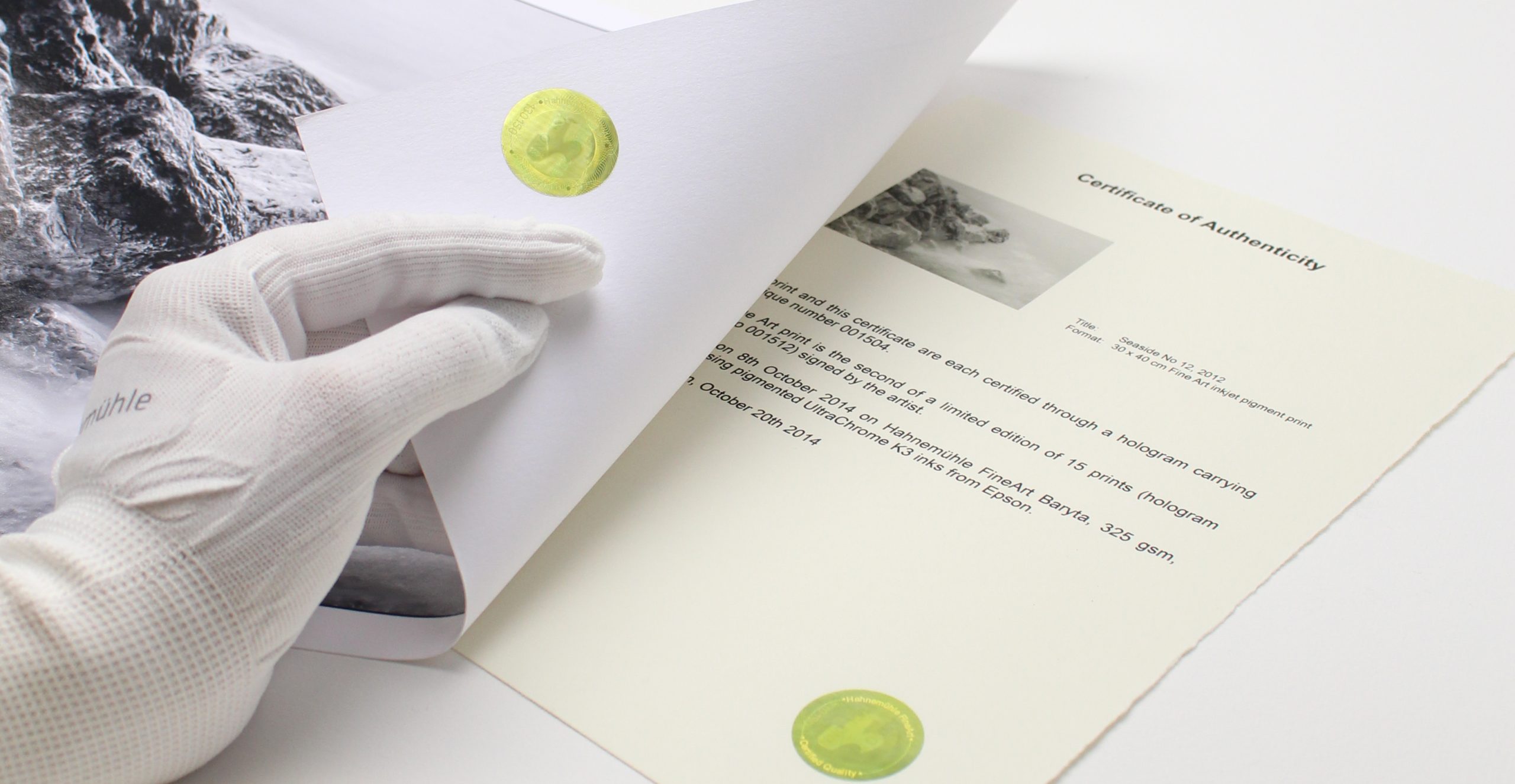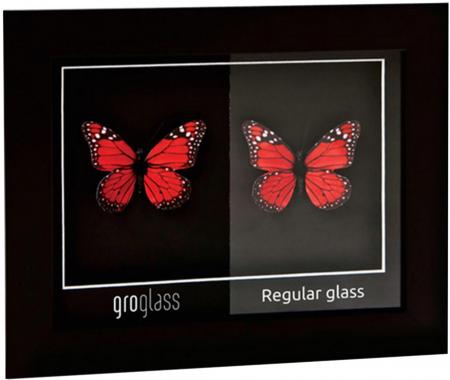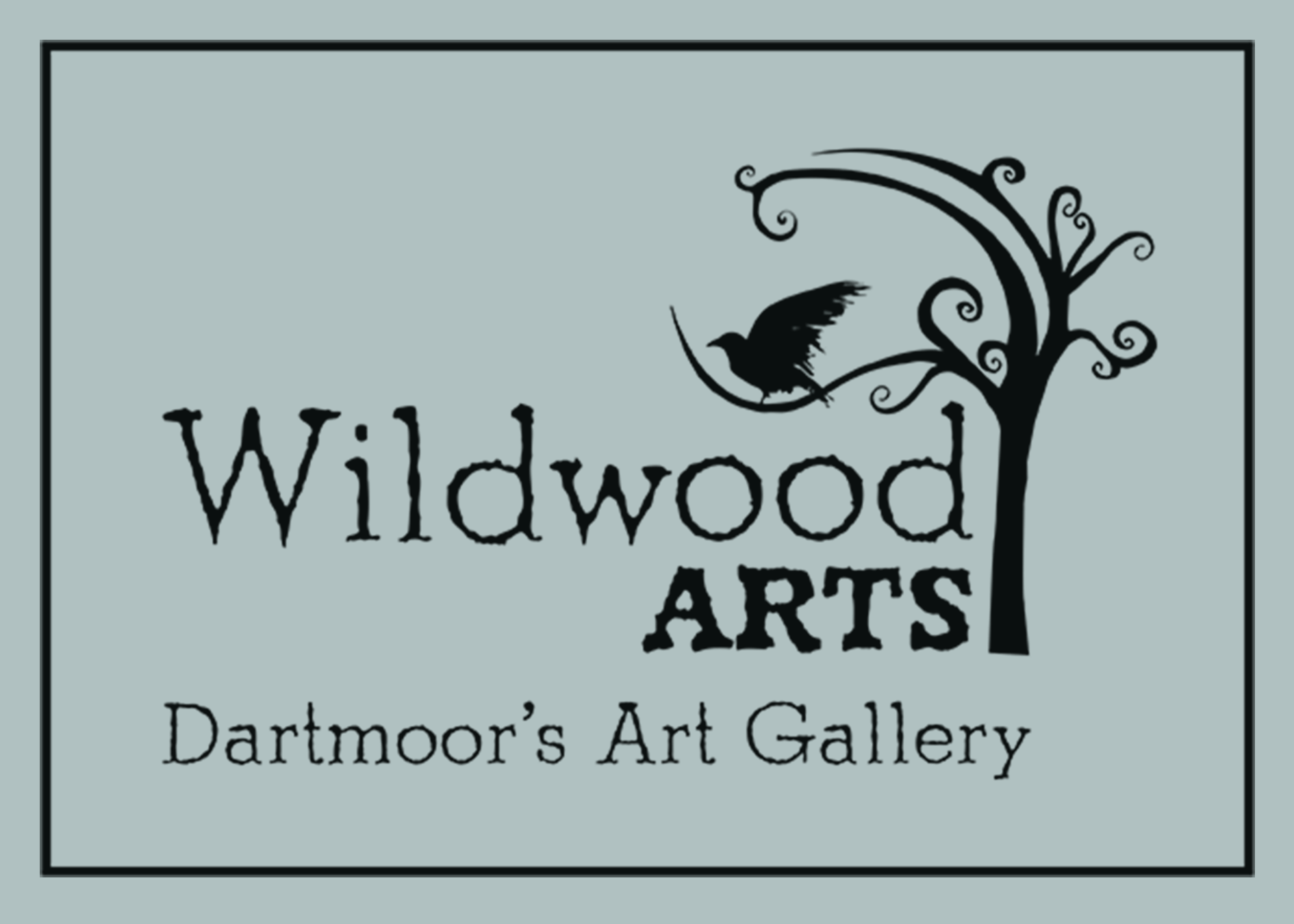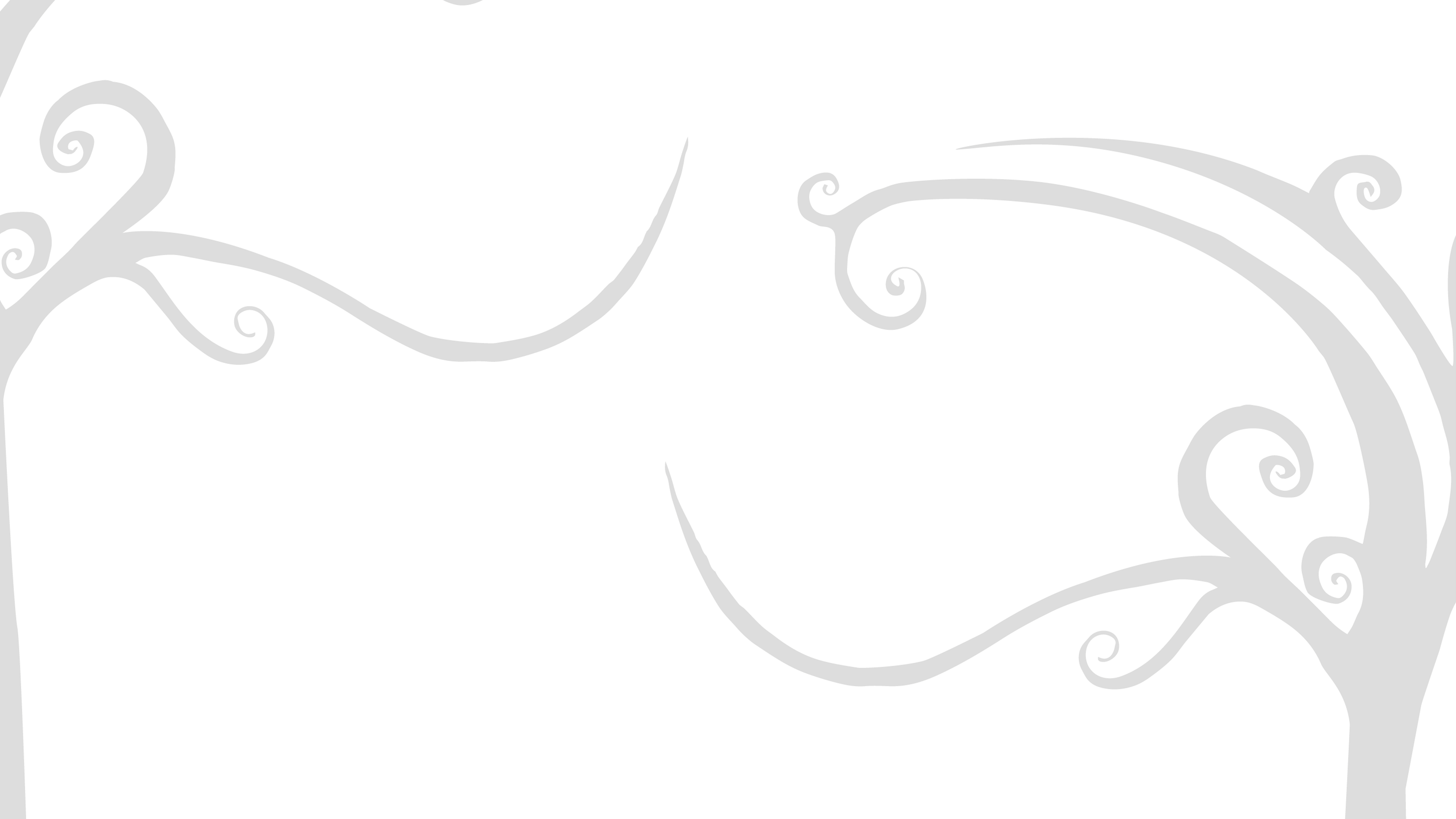Giclee, certificate of authenticity & framing
What is Giclee?
Certificates of Authenticity.
Most artists’ prints come with a certifcate which authenicates that it is a print of a certain number edition and is signed and dated by the artist.
Some are simply printed on card and filled in by the artist. Others are individually hallmarked or carry an unique number and recorded by the artist. This gives provenance to the print and reasssures the customer that the print is reproduced by the artist and is of a certain number.

Framing
Framing is as much a piece of the finished artwork as the art itself. Frames can either enhance or finish off a piece of artwork or they can overpower and diminish the art. It is always best to get an expert opinion. Here at Wildwood we offer a framing service and are always happy to help.
The other consideration is the type of glass you use.
Normal framing glass is just a protection from dust.
Art Glass or TruVue glass offers UV protection and minimal reflection, enabling the artwork to really be seen and protected. It is a lot more expensive than ordinary glass, however, it really is an investment in the long term. Most museums will use this type of glass to protect quality and historical works.

You can see the difference in the image to the left. If you are purchasing art that is already framed then there will be a sticker on the reverse to verify that it has art glass.
The two main manufacturers used by the art industry seem to be Tru Vue and ArtGlass.


